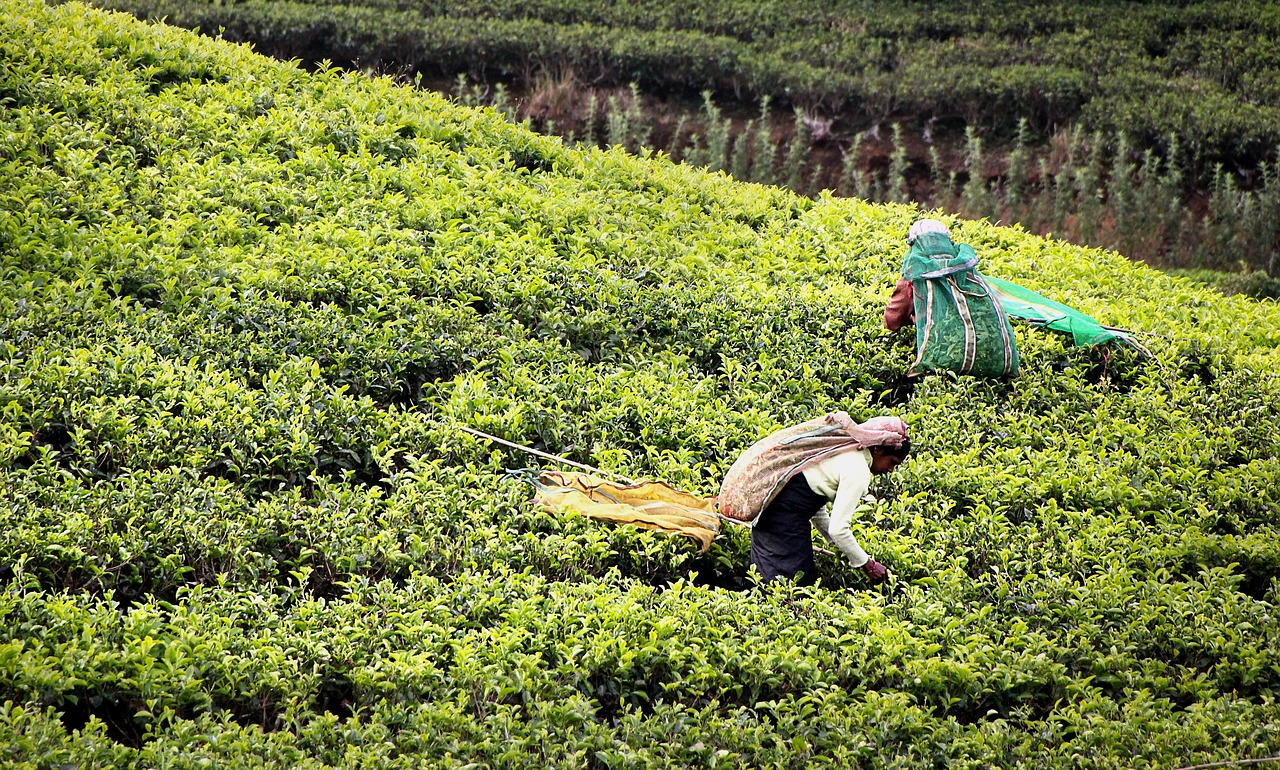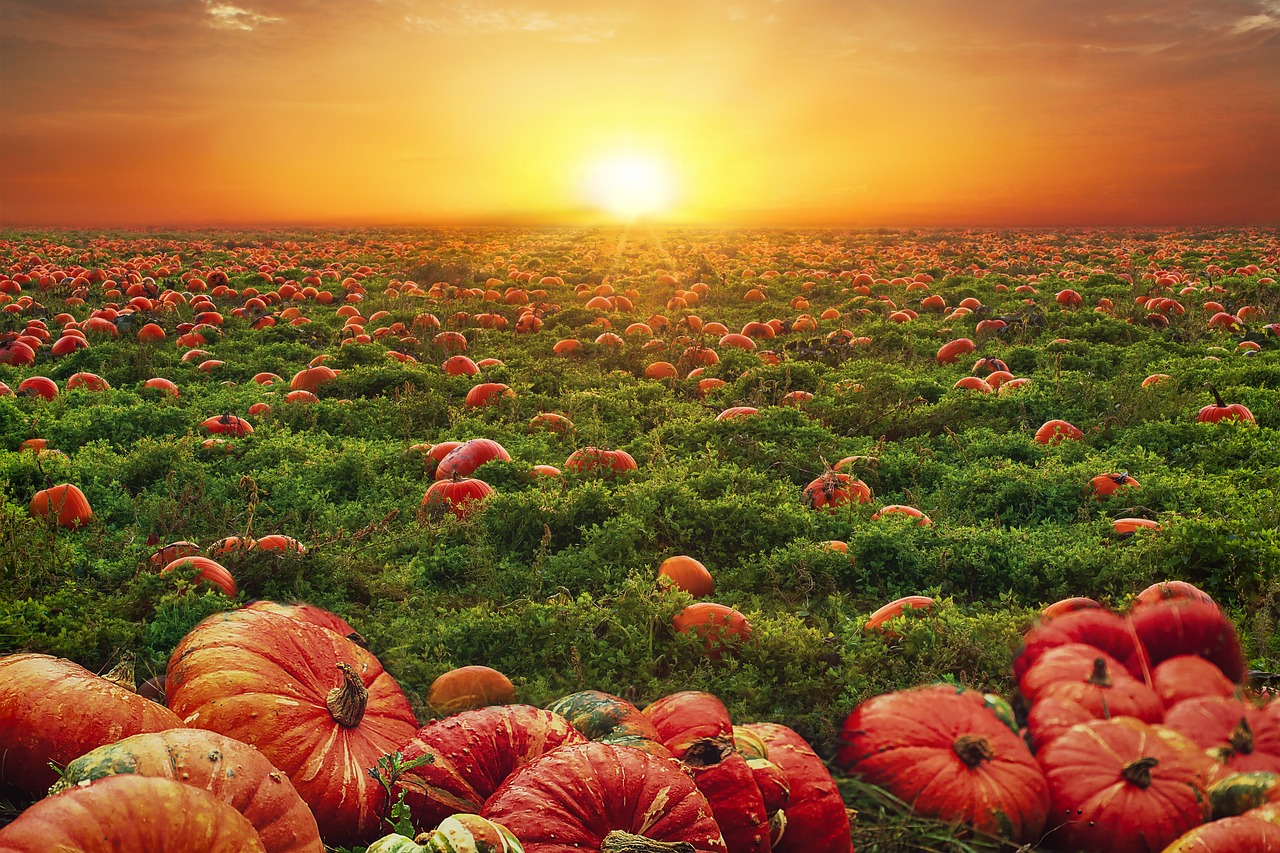
A plantation is a land where crops are grown.
Planting is a term originating from the Latin plantatĭo that refers to the action and effect of planting (putting a plant , a cutting, a tuber or a bulb in the ground with the aim of it taking root and growing). The set of what is planted and the land on which plants are grown , therefore, are called plantations.
For example: "My brother has a raspberry plantation in his house in Patagonia" , "While traveling the route, I was surprised by the number of plantations in the country's fields" , "The Police discovered an immense marijuana plantation" on the mountain."
Plantations as an economic resource
As an economic resource, cotton , sugar cane , coffee , tea and cocoa are among the most common plantations in different countries around the world. The development of these plantations involves a whole series of social practices, such as latifundia or the hiring of labor under precarious conditions. On a large scale, it is common for the landowner to hire for little money the people who are in charge of taking care of the plantations and harvesting the fruits .
Throughout history, several of these plantations have also generated some of the most aberrant situations for human beings. We are referring, for example, to the cotton that during the 18th and 19th centuries allowed slavery to exist in the United States .
The south of the American country is the one that advocated and defended the existence of slaves at all costs, since that area is the one that was most enriched by cotton crops . However, the north fully rejected this degrading practice that violated human rights.
The differences reached such a point that slavery, among many other causes, was a triggering part of what is known as the Civil War ( 1861 – 1865 ). The Civil War was also called this large-scale war that ended with the victory of the northern side and led to the abolition of the Civil War.

Plantations usually have economic relevance.
coffee cultivation
Regarding coffee plantations, we could emphasize that Brazil and Colombia are two of the countries that have the largest number of them. Curiously, in these nations what prevails are family plantations of small hectares, which do not have much mechanization but which allow a large part of the population to work.
The characteristics of the plantations depend on the soil and environmental conditions. Coffee cannot be grown in cold areas, since this crop requires high temperatures, for example.
The management of the plantation is vital so that the environment is not harmed by the actions of man. It is important to pay attention to the cycles of nature and native species to avoid degradation of crops and soil.
Prohibited plantations
In addition to everything stated above, we must not forget that there are also prohibited plantations .
This would be the case, for example, of marijuana . Hence, the Police work to investigate where to find those in order to put an end to them and avoid drug consumption.
